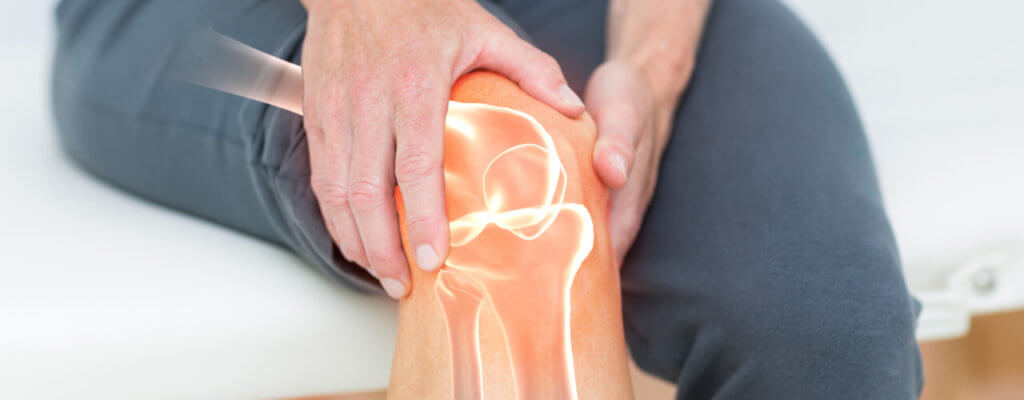Joint replacement is a surgical procedure. In Joint replacement, Doctors remove the damaged joint parts and replace them with plastic, metal, or ceramic devices known as prostheses.
The prosthesis is intended to replicate the movement of a normal and healthy joint. A joint replacement surgery can help you restore the function and reduce joint pain when your joint is severely damaged by injury or arthritis.
Types of joint replacement
There are different types of joint replacement surgeries, including:
- Total Hip Replacement.
- Total Knee Replacement.
- Unicompartmental Knee Replacement.
- Shoulder Joint Replacement.
- Reverse Total Shoulder Replacement.
- Total Elbow Replacement.
- Wrist Joint Replacement (Wrist Arthroplasty)
- Ankle replacement
- Finger replacement
Improve the result and recovery speed after joint replacement with PT
Whether it is your hip replacement or knee replacement, different ways can help you increase the recovery speed after your joint replacement, and physical therapy is one of them.
Physical therapy treatment is a part of rehabilitation care. PT can be used after a joint replacement. It can help you get relief from your pain and enhance your muscle strength to support your joints. PT is vital for managing pain, independence, health, and active life.
How can a physical therapist help?
Highly skilled and licensed physical therapists offer physical therapy treatment. Physical therapists are movement experts and they utilize prescribed movement, education, and hands-on care to improve the quality of life. They identify and treat the patient’s physical condition.
Your experienced and skilled physical therapist can help you prepare for a joint surgery or allow you to recover after joint surgery. They perform various tests to check and understand the patient’s condition. Physical therapists also develop a personalized physical therapy treatment plan based on the test’s results to improve the recovery process. Physical therapists work with patients to offer an active life most effectively and safely.
As you begin to recover
After your joint replacement, your physical therapist will assist you in managing and reducing the swelling around the joint. In the first two weeks, they will help you restore your normal function and muscle strength through different physical activities and exercise.
They will include progressive muscle strengthening exercises, range of motion exercises, functional training, and balance training to achieve your specific goal and get you back to your active life.
Strengthening exercises
A physical therapist can help you to improve your muscle strengthening by showing some practical strengthening exercises. This exercise will also help you to become stronger and prevent future injury.
Range of motion exercises
Joint or muscle pain can affect your body’s range of motion. It can also affect your daily activities. But, your physical therapist can resolve issues related to a range of motion with exercises. They can show you some practical and safe practices to restore your movement.
Balance training
A specialized physical therapist can help you to restore your balance and improve independence. They may add agility exercises in your personalized physical therapy plan that will challenge your balance.
Physical therapy is one of the best options to accelerate your recovery after your joint replacement. Your physical therapist offers effective and high-quality rehabilitation care that meets your health care requirement and fitness goals.
Physical therapy is the key to:
- Reducing inflammation
- Pain management
- Restoring joint mobility and strength
- Enhancing the balance
- Reducing the muscle and joint stiffness
- Improving blood circulation
- Promoting the natural healing process
- Returning to the normal activities and movement
- Strengthening the supporting muscles
Importance of PT after joint replacement
Many doctors suggest physical therapy treatment because it is essential to restore the body’s function and stability. Physical therapy services include different treatments and approaches that help to improve the physical and mental condition. It helps people:
- Enhance the range of motion
- Build strategies to avoid pain from recurring
- Improve the flexibility
- Work on balance
- Decrease stiffness and pain
- Improve the ability and movement
- Manage pain
- Build dynamic strengthen
- Preventing your condition from getting worse
- Prevent from injuries
- Improve the posture and function
- Improve the quality of life
- Improve mobility
- Maintain fitness
- Increase the strength to support the joint
- Restore the use of affected joints
- Improve the mobility
- Regain the ability to perform daily activities
- Allows you to stay fit and offer an active life
- Increase blood circulation
- Improve your posture


